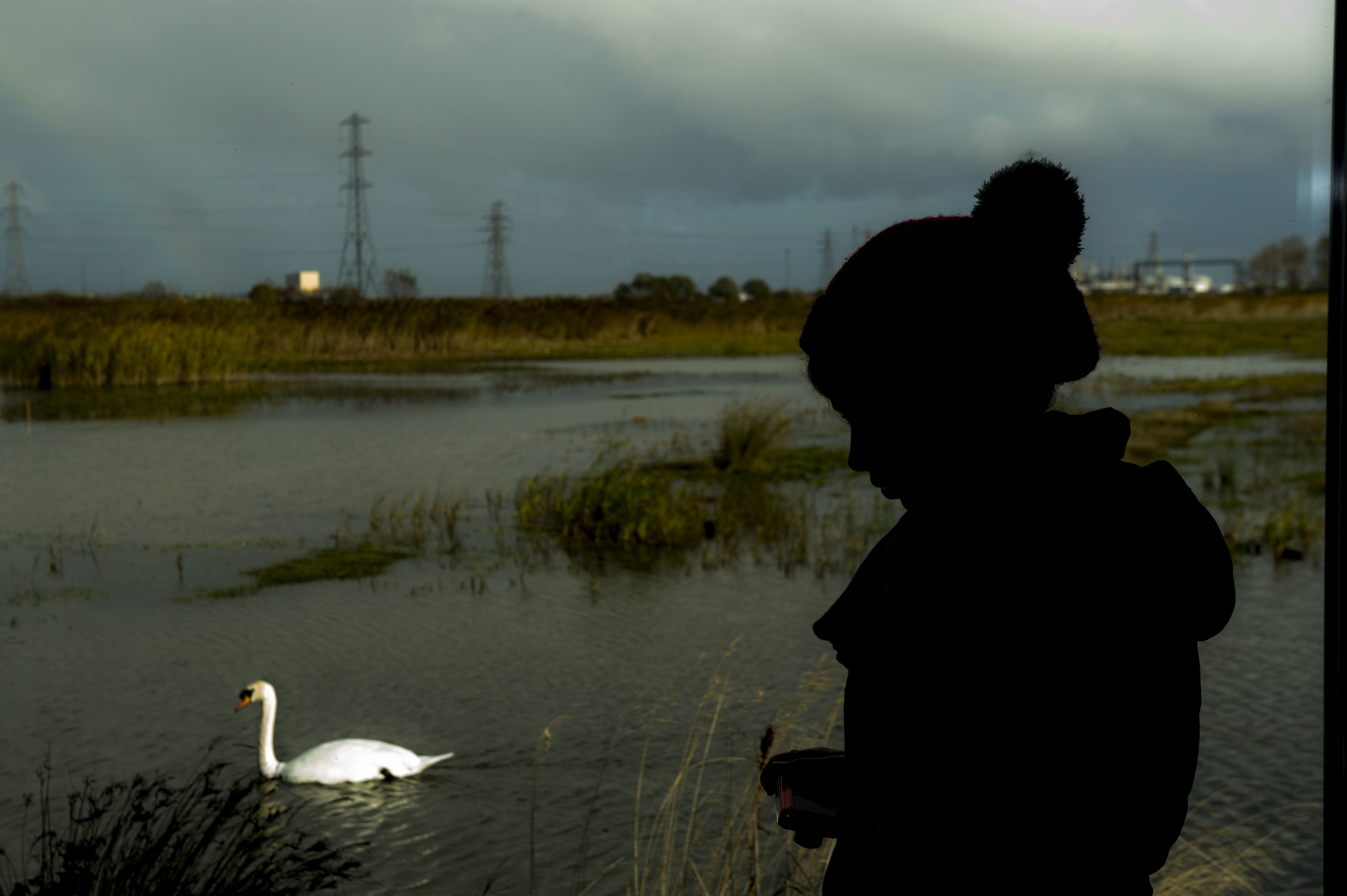The report, by the Institute for Energy Economics and Financial Analysis (IEEFA), added: “Using carbon capture as a greenlight to extend the life of fossil fuels power plants is a significant financial and technical risk: history confirms this.”
Andrew Reid, a partner at energy consultancy NorthStone Advisers and a guest contributor at IEEFA Europe, told The Teesside Lead that the NZT Power scheme has the potential to capture 9% of the 22 million tonnes the UK’s Climate Change Committee says should be captured by 2030. But he believes government support for the scheme is “worrisome”.
He said: “Attempting to reduce emissions by decarbonising fossil fuels and building new gas power stations presents a number of concerns.
“Firstly, it will increase the UK reliance on gas, which, as we have seen recently, leaves consumers vulnerable to price uncertainty and high costs. Add to this that carbon capture is expensive at between £74-£112 per tonne of CO2 to capture, according to the National Petroleum Council, and an additional offshore storage cost of £48-£116 per tonne, according to energy data company Wood Makenzie.
“It’s an incredibly expensive solution, which will rely heavily on taxpayer support and funding as standalone commercial models don’t work.”
He added that there was no guarantee NZT Power could deliver the claimed emissions reduction.
“There are currently no large-scale gas-fired power stations with CCS in operation globally and, according to the International Energy Agency, its technology readiness level is seven out of 11, which is some way off proving the concept.
“The likelihood of the facility capturing 95% of its CO2 emissions as planned seems unlikely in the short term.
“Overall, it’s high cost, technically high risk, while there are real concerns about it actually delivering the emissions capture.”
Other critics say CCS is an excuse to keep drilling for fossil fuels that really ought to stay in the ground if catastrophic climate change is to be avoided. But for Jon Gibbins, professor of carbon capture and storage at Sheffield University, that is to underestimate the scale of our energy needs.
“CCS is important to deliver net zero and then net negative and, if we are going to be tackling climate change, will remain in use for the foreseeable future,” he told The Teesside Lead.
He says the idea that we can transition from a world still using fossil fuels for 80% of our primary needs to net zero quickly enough to avoid dangerous climate change is a “utopian” one.
When the UK had lower targets for cutting emissions, as it did until 2019, CCS was “only really needed to keep coal and heavy industry in the mix”, said Gibbins. Now it’s aiming for net zero by 2050, “the logic made it a ‘necessity, not an option’, to quote the Climate Change Committee”.
With that logic in mind, Gibbins said proper knowledge transfer between publicly-funded projects and “a few simple precautions” mean “the next wave of CCS projects will achieve the necessarily high success level needed to encourage further investment and government policy support”.
At the same time as the government cut the CCS competition in 2015, it began to promote the idea of SMRs, like the ones planned for Teesside, partly because of the huge costs and time taken to build conventional reactors (that’s if they’re not cancelled, as one was in Cumbria in 2018). Construction started on Hinkley Point C, Britain’s first new-generation conventional reactor, in 2016 and is not expected to come on stream until 2031, at a cost of up to £35 billion.






